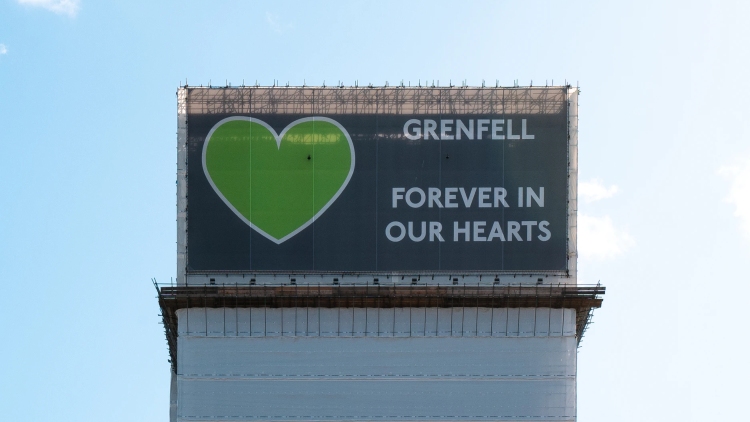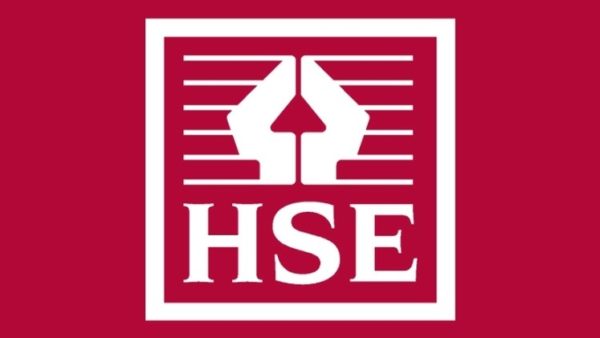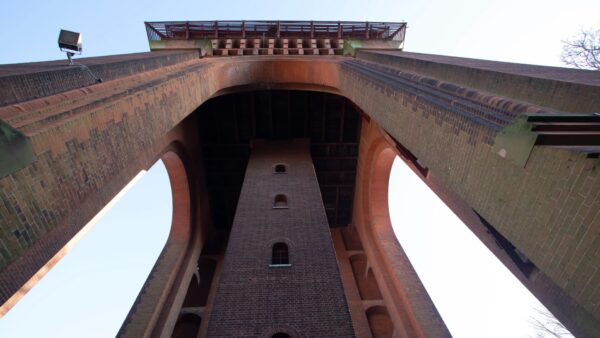
A building regulations expert responsible for government guidance on fire safety has admitted that the failure of rainscreen cladding systems in large-scale fire tests in 2001, 16 years prior to the Grenfell Tower disaster, “just got missed”.
Brian Martin, who appeared as a witness before the Grenfell Tower Inquiry yesterday (21 March), worked for the Building Research Establishment (BRE) from 1999. He was quickly seconded to the government for part of each week to support a review of Approved Document B as head of technical policy, before taking a permanent government role in 2008.
In 2001, he was one of three fire safety experts involved in a research project testing cladding systems while working for the BRE. All rainscreen systems included in full-scale fire tests failed.
In a report following the tests, the BRE concluded that “the aluminium sheet product satisfied Class 0 requirements, but in the full-scale, intermediate scale, and single burning item test, proved to be one of the worst-performing products. As the current guidance in Approved Document B asks for Class 0 performance in Diagram 40, these issues may require further consideration.”
Lead counsel to the Inquiry, Richard Millett, asked Martin: “Given that the test resulted in, as we can see from the figures, a catastrophic full-scale failure, twice the height of the rig, before six minutes, and yet achieved class 0, one of only a handful to do so, why was this recommendation expressed in such feeble terms?”
Martin replied that he did not know.
Millett continued: “I mean, one gets the slight sense, Mr Martin, here, that there’s some sort of problem about coming clean with government and telling them that class 0 was a problem, diagram 40 is a problem, and it’s dangerous because once some products which achieve class 0 are tested to full scale, they are dangerous, spectacularly so… Is there anything in that?”
Martin replied: “No. I don’t believe anyone at the department or anyone at BRE would have deliberately concealed this.”
Martin said he did not remember the matter being given further consideration but that he might have tried to find out what the government thought about the recommendation “if I’d fully understood what happened in the large-scale test”.
Millett asked: “What possible reason was there for the government, in whose offices you sat half the week, not acting on the advice there, oblique though it may have been?”
Martin replied: “At the time, I don’t think there would have been any reason not to act on it, and again, this sounds awful, but I think it just got missed. I don’t understand how a result of that magnitude didn’t get more prominence at the time.”
Millett asked Martin if he accepted that after the tests, in 2002, the government knew “that the national reaction to fire classification systems in general, and class 0 in particular, were not able to detect the fire hazard associated with the use of some apparently combustible rainscreen cladding products”.
Martin replied: “Based on the available documents, yes.”
Martin also agreed that the government knew that “despite being able to achieve a class 0 reaction to fire classification according to the national classification system, ACM with a PE core presented a clear external fire spread hazard”.
And he agreed that the government knew that a “PE-cored aluminium rainscreen cladding… was likely to present a very real danger with respect to external fire spread at height”.
The Inquiry continues.











